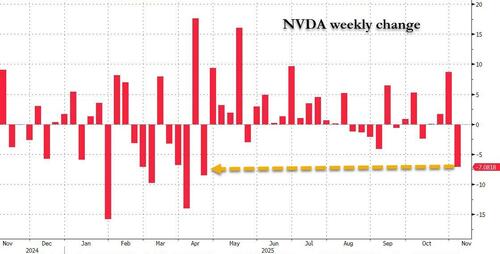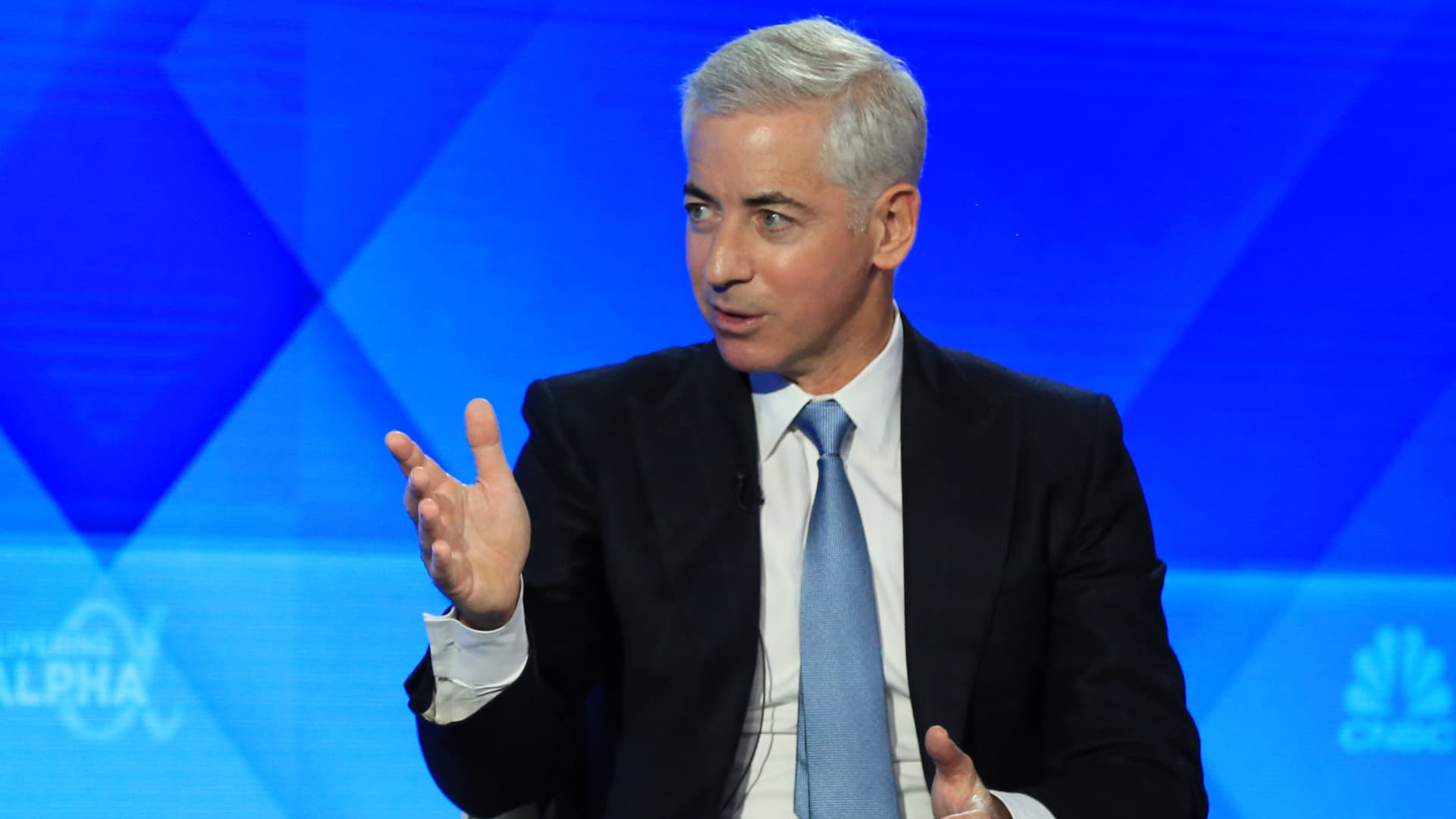The Government of India presented its interim budget for 2024-25 last week, and it elicited various emotions from different stakeholders. Some people were disappointed that there was no stimulus for consumption or the farm sector, as consumption growth has been subdued and general elections are around the corner.
On the other hand, some were pleased to see a strong commitment to fiscal deficit consolidation. But it would not be unfair to assume that almost every market participant or economic analyst was surprised by the budget. I, for one, was elated, although I was also surprised. Considering that it was an interim budget, and the final budget for 2024-25 will be presented in July 2024 by the new government, I am impressed by the remarkable confidence shown by the government and the strong message conveyed by its intent.
This confidence was its first surprise. Unlike in 2019, not only did the government not announce anything new last week, it also reduced its 2023-24 fiscal deficit target by 10 basis points (equivalent to about ₹300 billion) to 5.8% of gross domestic product (GDP), despite weaker-than-expected nominal GDP growth.
Further, by targeting a fiscal deficit of 5.1% of GDP for the next year (lower than the 5.2% recommended by very few, including us), the government clearly signalled that achieving a fiscal deficit of 4.5% in 2025-26 is now a feasible goal. This is a clear and emphatic message from the government that it prioritizes long-term macroeconomic stability, even if it involves sacrificing some short-term growth. All this was done while ensuring the continuance of its long-held strategy of prioritizing investment (capital spending) over consumption (revenue spending).
But why is a lower fiscal deficit so important? This question is typically answered with “to crowd in the private sector,” or words to this effect. Strictly speaking, there is currently no crowding out of private investments. It would be unreasonable to argue that these are suppressed by current interest rates on bank borrowings. Therefore, a lower fiscal deficit is unlikely to immediately boost private investments. However, over the medium- to long-term, a lower fiscal deficit implies that the government will consume a smaller portion of the household surplus (savings), leaving a larger amount of funds and resources for the private sector. This does not necessarily mean that the private sector will immediately start utilizing those resources. However, it does create an opportunity for the private sector to grow and expand at its own pace, without relying on external financing (widening the country’s current account deficit, that is).
Let us look at some data. The principal source of financing the fiscal deficit is household net financial savings (HHNFS), as the corporate sector at this stage is able to fund its investment requirements through its own savings. HHNFS declined quite dramatically to a 47-year low of 5.1% of GDP in 2022-23 from 7.2% in 2021-22 and the usual 7-8% in typical pre-covid years. My calculations suggest that HHNFS has remained broadly unchanged at about 5% in the first half of 2023-24 as well, which may improve to about 5.5% over the full fiscal year 2023-24, and hopefully further to 6-6.5% of GDP in 2024-25. If so, a combined (Centre plus states) fiscal deficit of, say, about 8% of GDP in 2024-25 and further of roughly 7.5% in 2025-26 would imply that the government(s) will be absorbing more than 100% of HHNFS in the economy.
All this is fine until the corporate sector continues to remain an investment laggard and corporate savings are higher than corporate investments. However, if the latter pick up, as the narrative has been for the past 2-3 years, a combination of a high fiscal deficit and a lower HHNFS will push companies towards foreign savings to fund their investment requirements. This will inevitably push the current account deficit higher. Thus, a lower fiscal deficit will help keep the current account deficit in check as and when corporate investments take an upturn.
The impact of a lower fiscal deficit is akin to a clean-up of the financial sector’s books, enabling banks and other lenders to prepare for and extend credit without any obstacles when loan demand increases. So, a reduction in the fiscal deficit is also a supply-side measure aimed at facilitating higher growth without imparting an imbalance should private-sector demand rise.
All in all, the interim budget for 2024-25 was a budget for the economy, and I hope that this is not the last time the government has prioritized long-term macroeconomic stability over short-term gains. If policymakers are serious about reaping the benefits of such a strategy, they have to continue following it for many more years. Once they achieve a fiscal deficit of 4.5% of GDP by 2025-26, they must aim to reduce it to 3-3.5% by the end of this decade and maintain that level thereafter. And, of course, if a policy is beneficial to the economy, it eventually favours all its participants by raising the overall standard of living.
This was not a budget for the parts, but for the whole.
This was not a budget for the rich or poor, but for all!
This was not for the short term, but for the long term, homie,
This was not a budget for consumption or investments, but for the economy!















